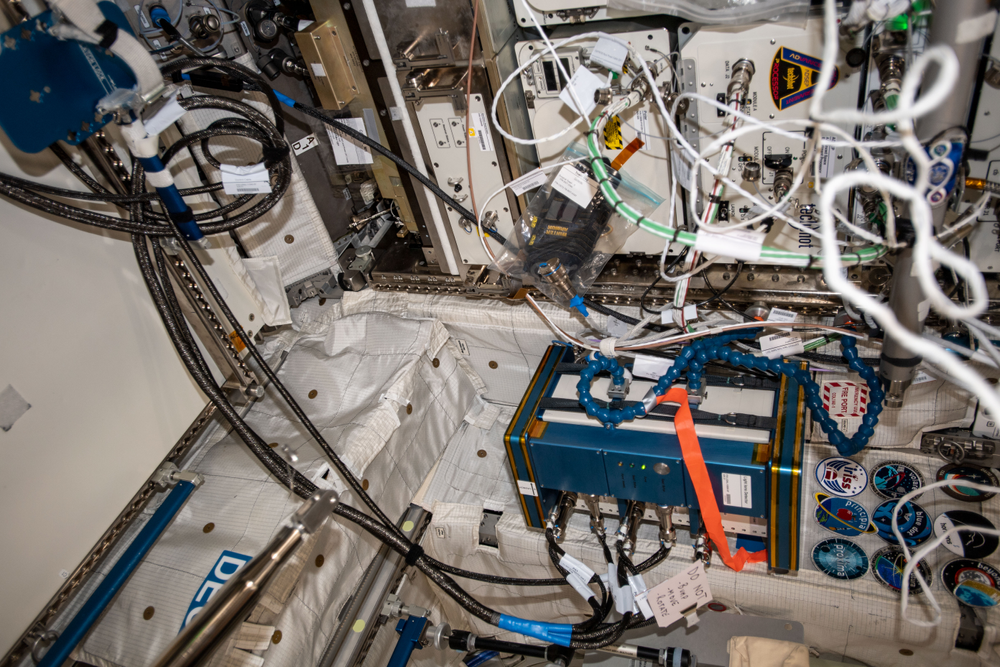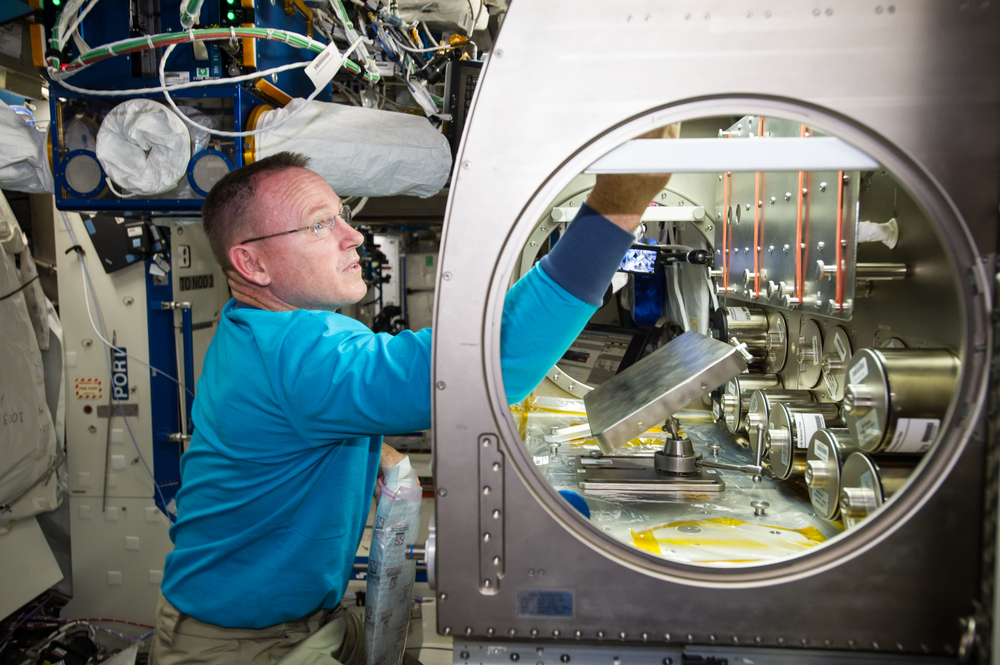Station Science Top News: June 15, 2023
Researchers found that larger and more uniform colloid structures form in space than on the ground. A better understanding of colloidal self-assemblies could enable the development of new materials with high refractive optical properties useful in photonics and optoelectronics.
JAXA (Japan Aerospace Exploration Agency) Colloidal Clusters investigated the mechanism for formation of colloids with negatively and positively charged particles. Colloids are mixtures of tiny particles suspended in a liquid and include natural mixtures such as muddy water and a range of manufactured products from shampoo to medicine. This study indicates that polystyrene clusters are 50% larger and more uniform in microgravity than on the ground.
Read more here.
***
Results from initial testing of Light Ions Detector for ALTEA (LIDAL) confirm the highly variable radiation field of the International Space Station. These measurements inform the development of new spacecraft radiation detection devices.
The ASI-sponsored investigation LIDAL upgrades the ALTEA experiment, which measures the effect of the exposure of crewmembers to cosmic radiation. Unlike other detectors operating aboard the space station, LIDAL features time-of-flight measurement capabilities and has sensors that enable improved estimation of radiation risk. In accordance with new requirements, LIDAL identifies nuclear species and the energy of each cosmic ray particle while adhering to the stipulations of size, mass, and power for the orbiting laboratory.

***
Researchers report increases in oxidative damage and cell death in the retina of male mice after spaceflight. These findings indicate that spaceflight induces oxidative stress in the retina that may lead to cell damage and functional impairment.
Rodent Research-18 serves as a model for spaceflight impacts to the retina. Researchers used electroretinogram (ERG) to record electrical activity and characterize retinal cell function. This assessment tool could improve diagnosis and treatment of retinal diseases such as diabetic retinopathy and macular degeneration in astronauts and people on Earth. The study could help identify countermeasures for spaceflight conditions that induce retinal function impairment.
Read more here.

NASA astronaut Barry "Butch" Wilmore setting up the Rodent Reseach-1 Hardware in the Microgravity Science Glovebox aboard the space station. Credit: NASA







